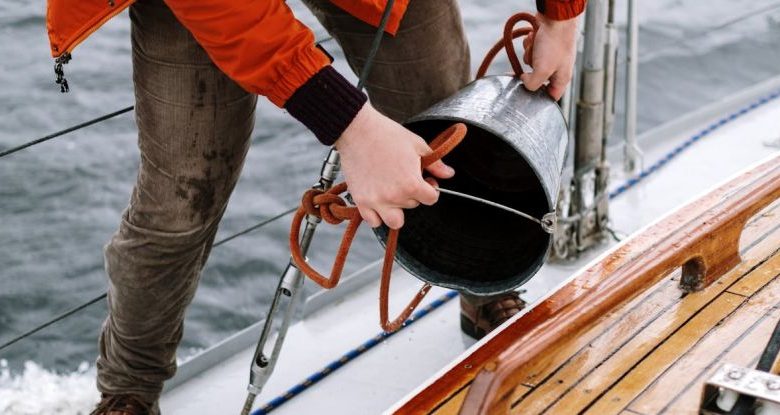How Does Weather Influence Your Fishing Diary?

As any avid angler knows, fishing is as much about the conditions as it is about the technique. The weather plays a significant role in determining the success of your fishing expedition. From the temperature of the water to the wind speed, understanding how weather influences your fishing diary is essential for a fruitful day on the water.
Water Temperature: The Key to Finding Fish
One of the most critical factors to consider when planning a fishing trip is the water temperature. Fish are cold-blooded creatures, meaning their body temperature is regulated by the surrounding water. As the water temperature changes, so do the fish’s behavior and feeding patterns.
In warmer water, fish tend to be more active and feed more frequently. This is why many anglers find success during the summer months when the water is warmer. On the other hand, during colder months, fish become less active and seek refuge in deeper, warmer waters. Understanding the water temperature can help you determine the best time and location to catch fish.
Wind Direction: A Telling Sign
The direction of the wind can provide valuable insights into where the fish might be congregating. When the wind blows against the shore, it creates a current that pushes food sources, such as insects or small fish, closer to the bank. This, in turn, attracts larger fish looking for an easy meal. By understanding the wind direction, you can position yourself in a favorable spot to increase your chances of catching fish.
However, it’s important to note that strong winds can also be detrimental to your fishing expedition. High winds can make it difficult to cast your line accurately and control your boat. Additionally, strong winds can stir up the water, making it murky and reducing visibility. As a result, fish may become less active and less likely to bite. It’s crucial to assess the wind conditions and adjust your fishing strategy accordingly.
Barometric Pressure: The Silent Indicator
Barometric pressure, also known as atmospheric pressure, refers to the weight of the air in the atmosphere. It has a direct impact on fish behavior and their willingness to bite. When the barometric pressure is steady or rising, fish tend to be more active and feed more aggressively. On the other hand, when the pressure is falling, fish become more sluggish and less likely to bite.
While the relationship between barometric pressure and fish activity is not fully understood, many anglers swear by its influence. Monitoring barometric pressure changes can help you plan your fishing trips accordingly. If you notice a significant drop in pressure, it might be worth rescheduling your outing or adjusting your fishing techniques to entice the fish.
Cloud Cover: The Fish’s Hideout
Cloud cover can significantly impact your fishing success. On bright sunny days, fish tend to seek shelter and shade to avoid direct sunlight. This often means they move to deeper waters or hide under structures such as fallen trees or rocks. On the other hand, when the sky is overcast, fish feel more comfortable venturing out into shallower waters, making them more accessible to anglers.
Conclusion: Weather as the Angler’s Ally
As any experienced angler will tell you, understanding how weather influences your fishing diary is crucial for a successful outing. From water temperature to wind direction, each weather element plays a vital role in determining fish behavior and feeding patterns. By paying attention to these factors and adjusting your fishing strategies accordingly, you can significantly increase your chances of reeling in a memorable catch. So next time you plan a fishing trip, don’t forget to consult the weather forecast and let it guide you towards a fruitful day on the water.
